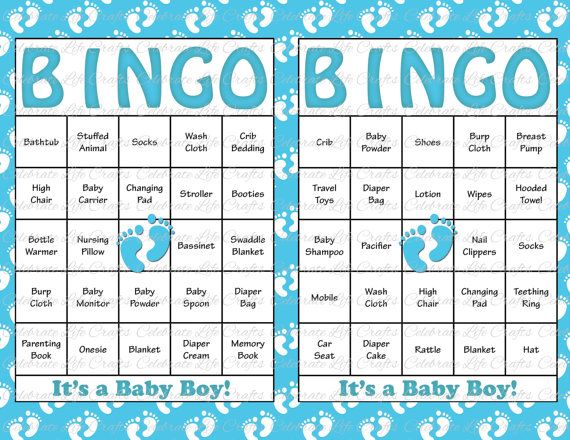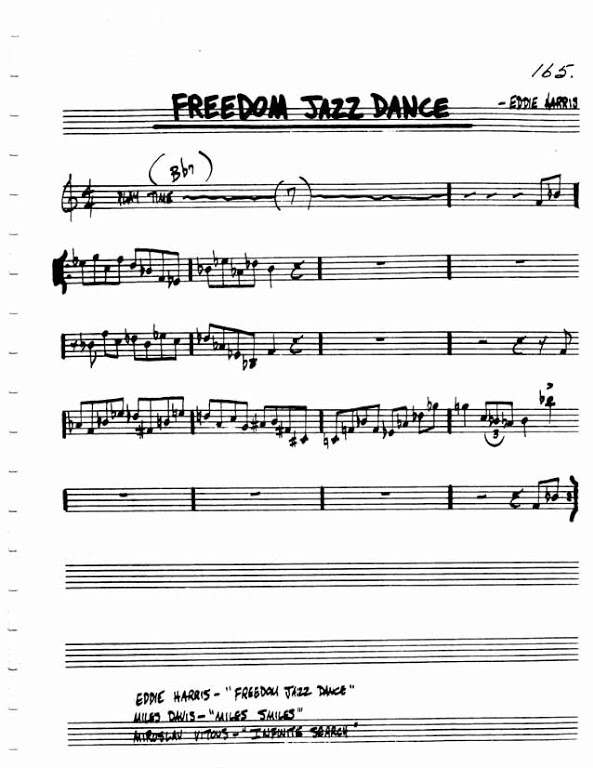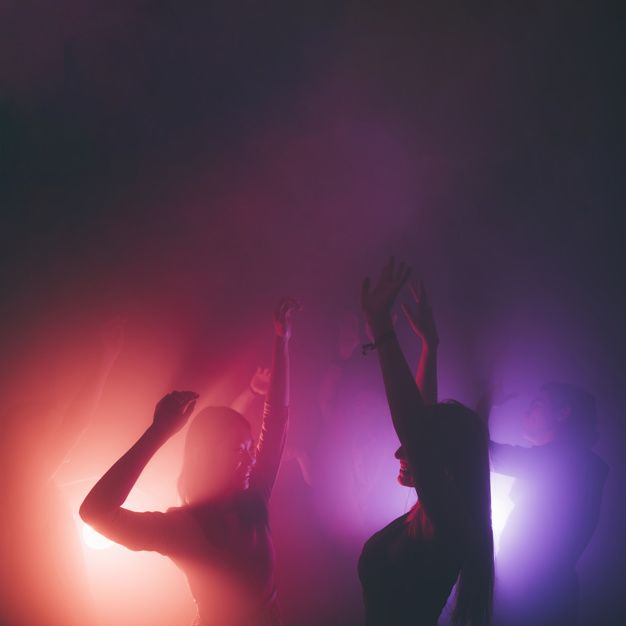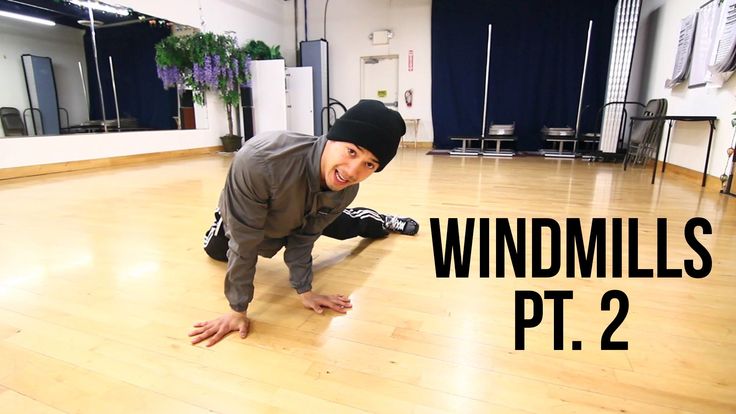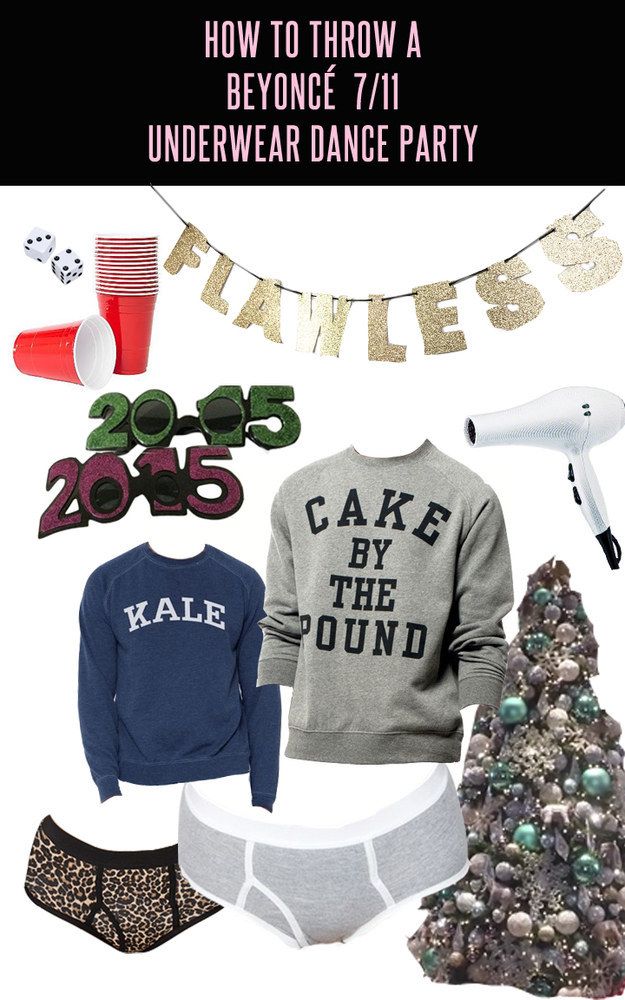How to dance if you re white
Why White Men Can’t Dance, According To Science
True or not, there is clear societal bias: Straight white men can’t dance. But it wasn’t always like this, according to Maxine Craig, Ph.D., a professor of sociology at the University of California, Davis. In the early 20th century, dancing was an important part of nightlife for most young Americans.
“Dancing was acceptable in the swing era because the kind of dancing had very, very clear gender roles,” says Craig, author of Sorry I Don’t Dance: Why Men Refuse to Move. “It’s basically about men throwing women.”
After the war, women were sent home from the factories and told to have babies, and men became increasingly wary of displaying less-than-masculine traits. Dancing fell to the wayside. “Performing gender is not only doing certain things; it’s avoiding doing other things. Dance has become one of those things in our culture,” she says.
Here, Craig shares what social pressures have continued to keep men, especially white men, off the dance floor — and how they’re missing out.
Why is dancing considered feminine?
Certain kinds of dance have long been considered feminine. In the United States, ballet has always been considered feminine. Any men who became professional dancers, whether it was ballet or another kind of dance, always had to apologize for it in some way. In the biographies of Gene Kelly and Fred Astaire, they both say they became dancers by accident.
How did World War II change dancing? What did that look like?
The wartime shook things up — women were in factories, men were off fighting. But when World War II ended, you have this McCarthy era, which was a very, very conservative time. There was this opening up of gender and sexual roles during the war, and afterwards there was this push to get back to normal with more conservative, conventional roles. They told women they should not be occupying a job that a former soldier needs. And it was a period that was more homophobic than the forties or thirties or twenties. I found many court cases where two men could be arrested for obscenity for dancing together. And when the police would go to court and were asked what was the crime, they’d say, “Oh, I saw two men dancing close.”
I found many court cases where two men could be arrested for obscenity for dancing together. And when the police would go to court and were asked what was the crime, they’d say, “Oh, I saw two men dancing close.”
What were some of the other factors?
After the war, people started getting married really young and moving to the suburbs. And when I say people, I mean mostly white, middle-class people. This means people start living in more racially segregated neighborhoods, and middle-class white people start consuming more entertainment at home now because they have TVs and young kids. This is one of the many forces that kind of tilts nightlife, which dampens dancing during this homophobic period where men start to be more nervous about their performances of masculinity.
All this seems mostly specific to white men. What was happening with men of other races?
As all this was happening in the fifties and sixties, white people, Black people, and Latino people all started listening to different music. Black and Latino people continued to listen to dance music and to think that it was acceptable for both genders to dance. In fact, when white people moved to the suburbs and stopped going to those big ballrooms to dance, they turned into salsa clubs. Then radio stations also started to separate and niche-guard — before that everyone listened to a lot of the same music, but that ended. So you have all these radio stations, and some of it is clearly dance music and some of it’s not. You have mostly white men listening to music that’s not, and dance occasions become this increasingly awkward thing you get drunk or stoned to do.
Black and Latino people continued to listen to dance music and to think that it was acceptable for both genders to dance. In fact, when white people moved to the suburbs and stopped going to those big ballrooms to dance, they turned into salsa clubs. Then radio stations also started to separate and niche-guard — before that everyone listened to a lot of the same music, but that ended. So you have all these radio stations, and some of it is clearly dance music and some of it’s not. You have mostly white men listening to music that’s not, and dance occasions become this increasingly awkward thing you get drunk or stoned to do.
And then disco came along.
Oh no. What happens with disco?
What really fascinated me with the archival research and interviews I did, what really struck me, was how much guys hated disco. They had real anger toward disco, and I wondered what that was about. It was really about demanding some type of performance of masculinity that they thought was unacceptable. And so they despised John Travolta and they despised dressing up and despised ways of valuing masculinity that they hadn’t experienced before.
And so they despised John Travolta and they despised dressing up and despised ways of valuing masculinity that they hadn’t experienced before.
If they weren’t required to participate, why did they hate it so much?
People associate disco with Saturday Night Fever, but it really emerged from Black communities and gay communities. It was not a scene white men were ready to be comfortable in, and they rejected it. Now, all of these patterns are complicated, and none of this applies to any group 100%. But there was this “Disco Sucks” campaign at Comiskey Park where baseball fans came and burned disco albums. There was too much hostility for it to ever build up the masculine credibility that swing dancing had.
Was there any type of dancing straight white men were okay with?
There was a period in the 1960s where you go to total, no-technique dancing. Like what people would do to the Grateful Dead. Just get stoned, get out there, and be wild. And there was a certain kind of guy who could do that, but it was associated with drugs and youth and not something you would do after a certain age.
Did age play a role in any other ways?
Some men danced when they were young and dating, and now that they’re married, will never dance again — meanwhile, his wife wants to dance. People who treat dance as a form of play, and not sexual play but fun, they could dance with their sisters and with their mothers. This was more common in Latino families and Black families. Men who totally associated dancing with just touching a woman on the dance floor, they felt very embarrassed doing it. But the more people could treat it as just dancing and not sex, the more they could have fun with it. The more they thought of it as a precursor to getting someone into bed, the more likely they were to give it up once married.
So where are we now?
A form of dancing has emerged that’s very masculine and that’s hip-hop. When guys engage in it, the language around it, they’re engaging in battles, and it’s a very masculine thing. It’s athletic, it’s associated with street culture, women are the exceptions. Mosh pits are the same kind of thing, but that’s more an extension of no-technique dancing. But being expressive with your body is not something boys are raised to do; they are raised to be fearful of being called gay and moving their hips and their bodies. And we’re in a moment where there’s more fluidity, but sometimes not. I think there’s still fathers who freak out when their sons want to go into ballet.
Mosh pits are the same kind of thing, but that’s more an extension of no-technique dancing. But being expressive with your body is not something boys are raised to do; they are raised to be fearful of being called gay and moving their hips and their bodies. And we’re in a moment where there’s more fluidity, but sometimes not. I think there’s still fathers who freak out when their sons want to go into ballet.
Does this short-change straight white men mostly? How might they miss out?
Dancing has kind of become a way for men to get alienated from their bodies. This man told me he loved music, and I asked what happens when he listens to it. He said it was all in his head. And when you hear a good beat and are not disconnected from your body, you’ll bounce a bit with it. Some guys are raised to really watch their bodies and makes sure they’re not moving too much. That fear of just moving is really a shame.
This article was originally published on
Discussing Cultural Appropriation in Dance — Cumbe
Cumbe Dance
In May, we posted this video of Morgan Bullock artfully performing Irish Dancing for the #savagechallenge. Her style and work went viral, sparking excitement, conversation and controversy. Some accused her of cultural appropriation.
Check out this article from the Washington Post describing the fallout from Morgan Bullock being a boss and executing Irish Dance like she was born doing it.
So we ask, is this cultural appropriation? Is it cultural appropriation when non-African people dance or perform African dance or music? Tell us your thoughts!
Check out some comments from our community:
“Well, that's a good question. but truth be told, i wouldn't be able to breathe without African dance in my life.
i know it is not mine. i know my whiteness well, even though many times it is cause for shame in my life... and i am forever grateful to my African friends for sharing their rich, loving culture with me.” - Mimi
“It is not cultural appropriation for a Black woman to do Irish dancing. Was it cultural appropriation when the Dance Theater of Harlem did Ballet? Of course we put our own stamp on it and make it our own. There are videos of white people doing contemporary African Dance, Asian people rocking Hip Hop dance and the list goes on. The important thing is to acknowledge and honor the people and culture where the dance comes from.” - Leslie
“Hi Cumbe Team,
I think this question of appropriation in African dance is a super important one. As a white dancer who (similar to Morgan Bullock) feels the pull to this style of movement that is outside of their heritage I constantly am asking myself 'should I be here? Would any of the black dancers prefer that I wasn't here? Should I remove myself from this out of respect?'.
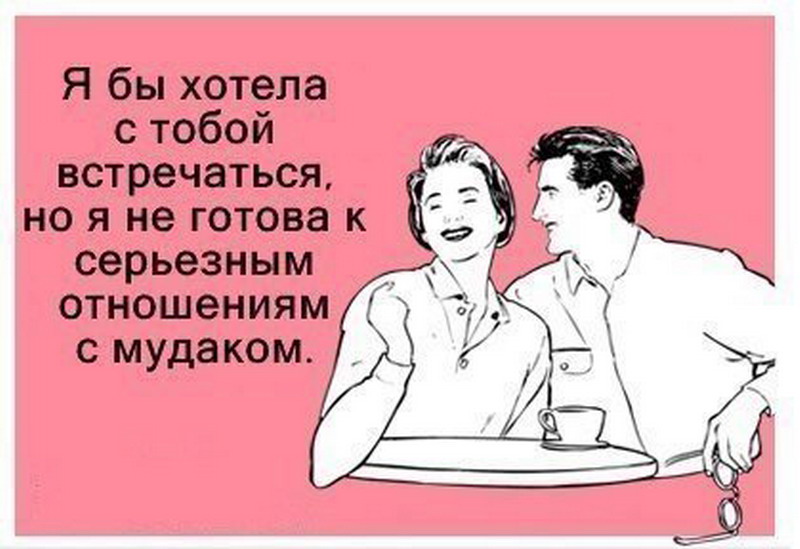
I do believe that as long as there is respect for the culture and the origins and direct naming and understanding of the history that it can stay outside of the bounds of appropriation and within celebration and honoring and keeping alive these arts.
I think it would be really interesting for Cumbe to put together a 'how to dance from the African diaspora without appropriating guide' for white folks and other POC, to bring this conversation into every classroom. I personally would love to know best practices (should we not wear certain things, should we stand in the back, should we do extra cultural study, etc.) Thank you for having this conversation. I'm happy to discuss more if it is valuable.” - With gratitude for Cumbe, Angela“Dear Cumbe,
Regarding cultural appropriation, I don't see anything wrong with a Black dancer doing Irish dance. Dance is an art. Myself a white person, I tried Afro and Latin, is that a cultural appropriation? As long as done respectfully and with aim to learn and share, why should any of it be a problem? I think it is fun to share all our respective cultures.
Furthermore, if a particular Afro dance style combines elements from West Africa while being South African, is that an appropriation from a different region? Where do we draw the lines?
When I dress up in salwar kameez for an Indian function/party, or make a proper Indian-style chai for my friends from that area, they don't see it as appropriation, but as me partaking in their culture.” - Olga
How to learn to dance if you are a "log": about the benefits and difficulties of dancing - Latest news of Belgorod and the region movement is life. And this means that dancing can be safely called life.
Story
Exclusive
Personal experience
I have been dancing since the second grade. Mom always wanted me to have perfect posture and a sense of rhythm. The first one didn't work, but the second one does. Thanks to dancing, I became not only more sensitive, but also open, free, liberated. nine0003
nine0003
I have six years of variety dancing and three years of ballroom dancing. And not the kind that everyone thinks of when they hear the words "ballroom dancing". I did not learn cha-cha-cha, tango and others, I danced polonaise, waltz, various polkas and other types of dances that used to be danced at balls. So I danced at real cadet balls. All the girls had fluffy white dresses, high hairstyles, gloves. The guys were in uniforms.
Yes, it was a wonderful and magical time. Then I graduated from school, my young man graduated from the Shakhty Cossack Cadet Corps and that's it, the balls came to an end. nine0003
Photo: Anastasia Torbina/Bel.Ru
For several years I missed dancing. I wanted movement, energy, drive, but something always prevented me from going to some circle. It seemed that I was already too old to do something like that ... This went on until December last year, when my friend dragged me into a dance studio. There was a group that included girls of different ages. After the first session, I was overwhelmed with energy and positivity. I wanted more and more, although the physical preparation left much to be desired. nine0003
After the first session, I was overwhelmed with energy and positivity. I wanted more and more, although the physical preparation left much to be desired. nine0003
Since then I have been attending classes twice a week. Dancing helps to leave all the fuss outside the hall, discard all negativity and give yourself completely to your favorite business. When someone asks me what is the most difficult thing in dancing, I always remember the classics. My teacher, Olga Vasilievna Stroiteleva, strictly watched how we pulled our socks and held our backs. And I had no choice: I had to do everything, although I always wanted to do something more energetic, and not try to stretch my leg harder. nine0003
Folk dancing is not easy either. The difficult element has always been the overtas. This is a movement where the dancer needs to keep balance, spin around his axis, while doing a wide leg swing at the same time. After such training, I didn’t feel like eating for a long time, because everything around was floating and spinning.
In the fourth year of study, we had an open lesson, which was attended by all parents. And one of the elements of the exam was this hated obertas. And how proud I was of myself when I was able to do it and not fall. nine0003
Expert opinion
I asked my coaches and professional athletes how they came to dance, what is the most difficult thing for them and what to do if you are a "log" and want to dance.
Elizaveta Grigoryeva
Photo: Anastasia Torbina/Bel.Ru
Elizaveta Grigorieva, was engaged in ballroom dancing, Shakhty
I got into dancing thanks to my parents. They put me in this industry because I was too energetic a child. Fortunately for them, I was so tired after training that I was calm at home and went to bed on time. But, despite her age (5 years), she chose the type of sports activity herself, since from the age of three she attended ballroom dancing competitions in the city of Shakhty with her family and they could not take me home from there. nine0003
nine0003
I always told my parents that I also want to be like those people on the floor. And in general, there were dancers in our family, as well as many acquaintances who danced, so we already had experience in this business and family love for this sport.
Dances are all different in rhythm, body movement, emotions, body positioning and so on, so I will say this: the most difficult dance is the one that is danced last in the round at competitions, that is, it is either a fast foxtrot or a jive. But in any case, all dances are beautiful and easy for those who have love for them in their hearts. nine0003
If you are a log, what should you do? The answer is simple - dance. With my own eyes I saw how a wonderful dancer was made from a "log" and the ear was "set". I myself danced the Latin American program quite woodenly until I was trained in training, so the point is the desire of the dancer, and a competent and good coach will correct all the shortcomings.
Oleg Bogucharsky
Photo: Anastasia Torbina/Bel. Ru
Ru
Oleg Bogucharsky, professional dancer, Krasnodar
My parents were dance teachers. My grandmother also taught. And it so happened that I also started dancing from an early age. That being said, it's family. Now I am very glad that it goes from generation to generation. I can't imagine what I would do without dancing.
It is difficult to judge which dance or movement is difficult. For everyone everything is individual. There are two factors involved: physical and psychological. For me, if you take the first factor, it is more difficult to dance folk dances. There must be good preparation, you must be strong. And if the psychological one is a classic, it is necessary to fully feel your hero in it, to give all of yourself to history. nine0003
I think hard training is important in not being a log. Everything always comes with time. Man is a creature that can learn and get used to everything, there would be a desire. If you want to become plastic and graceful, then discard all uncertainty and go to a dance class.
Karina Aksenenko
Photo: Anastasia Torbina/Bel.Ru
Karina Aksenenko, 7 years old coach, Shakhty
It seems that she came to dance by accident, but if you think about it, she always danced. A friend brought me to the dance studio. As a result, she left a month later, and I still dance. As I say: "If you fell in love with dancing once, it's forever." nine0003
When you first start, all styles are difficult. But for me, styles that use acrobatics, elements of stretching, flexing, that is, elements that sometimes go beyond dance, are especially difficult. For example, breakdance, vogue.
I always say that absolutely everyone can dance, it's just that different people need different amounts of time and effort for this. Between do/not do, try/not try, I always choose the answer without the “not” particle. If you want something, be sure to dare, life is one. Dancing is a very whimsical hobby/profession that requires a lot of effort and time. The sooner you start, the more opportunities to succeed in them and achieve results. nine0003
The sooner you start, the more opportunities to succeed in them and achieve results. nine0003
#News#Coach#Dance#Mines#Dances#Exclusive#Anastasia Torbina#Society
Subscribe Gorin and a branch of Tambovsky Bacon lowered their biosafety status
Today, 13:57
A schoolgirl died in Belgorod
Today, 13:12
Rusatom explained why they bought out part of the shares of the Belgorod company
Today, 07:15
Diseases for animals and plants from the LPR can get into the Belgorod region
Today, 12:27
Where you can’t buy alcohol after 16:00 in the Belgorod region: look at the Bel.Ru map »
Today, 14:21
Balls and traditions. Interesting facts
Ball, ball, ball!!!
Ball is always a holiday. Bright, colorful, sparkling, cheerful. And this holiday has always been desired and loved in Russia.
Balls were given all year round, but the season began in late autumn and continued throughout the winter. Often in one evening I had to attend two or three balls, which required considerable strength, besides, many balls ended in the morning, and the next day it was necessary to make visits and prepare for the upcoming amusements.
Often in one evening I had to attend two or three balls, which required considerable strength, besides, many balls ended in the morning, and the next day it was necessary to make visits and prepare for the upcoming amusements.
Balls and masquerade balls were divided into class, professional, age categories, timed to coincide with special celebrations, and were court, public, private, merchant, wedding, children's ...
Balls of the Nobility Assembly, balls of artists and balls held by foreign embassies, merchants' balls were popular in their time.
History of balls in Russia
The first ball in Russia took place in Moscow at the wedding of False Dmitry and Marina Mnishek.
Peter I resumed the balls, and since then they have become loved and revered both in the capitals and in the provinces of the Russian Empire.
Peter's assemblies became the prototype of future balls. The assemblies were gatherings with dances.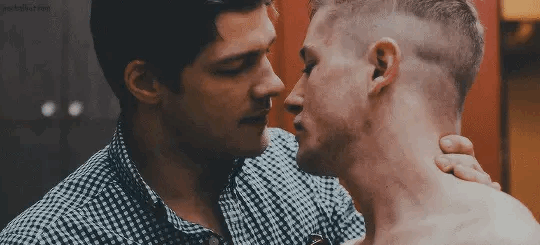 Assemblies began to be held in St. Petersburg and Moscow as early as 1717 in the homes of the Russian nobility. nine0003
Assemblies began to be held in St. Petersburg and Moscow as early as 1717 in the homes of the Russian nobility. nine0003
Assemblies served not only as a means of entertainment - "for fun", but also a place "for reasoning and friendly conversations."
Then, during the reign of Anna Ioannovna, Elizabeth Petrovna and Catherine II, assemblies completely supplanted balls and masquerade balls.
A ball is a solemn public or secular event, the main component of which is a dance program.
Therefore, since the 18th century, dance has become a compulsory subject in all higher and secondary educational institutions, schools and boarding schools. It was studied at the royal lyceum and at modest vocational and commercial schools, at the gymnasium and at the cadet school. nine0003
In Russia, they not only perfectly knew all the latest and old ballroom dances, but also knew how to perfectly perform them. The dance culture of Russia in the 19th century stood at a high level.
Ballroom dress code
The ball has its own ceremonial and rules of conduct, which makes it so majestic and luxurious. All this allowed to maintain sophistication and attractiveness.
It was customary to come to the ball dressed smartly. Cavaliers - in a tailcoat pair, tuxedo or suit (depending on specific requirements and conditions), white shirt and vest. By the way, tailcoats were of different colors, only by the end of the 30s of the XIX century the fashion for black was established. nine0003
White gloves were an obligatory item of clothing for gentlemen. The civilians wore kid gloves, and the military wore suede gloves.
Moreover, according to the rules, the lady had every right to refuse the gentleman without gloves. Therefore, it was better to come to the ball in black gloves than no gloves at all.
Civilian gentlemen's costumes depended little on fashion and were recommended to be sewn in classical forms.
The military came in dress uniforms corresponding to their regiments. nine0160
nine0160
Cavaliers came to the ball in boots. Ballroom boots were also worn by the military, and only uhlans were allowed to wear boots. The presence of spurs was not approved. The fact is that the spurs tore the dresses during the dance. But some lancers broke this rule for the sake of panache.
Ladies and girls dressed in fashionable dresses. As a rule, the dress was sewn for one ball and only in extreme cases was used twice.
Ladies could choose any color for the dress, unless otherwise specified. For example, on January 24, 1888, an emerald ball was held in St. Petersburg, at which all those present were dressed in the appropriate color. nine0003
Dresses for girls were made in white or pastel colors - blue, pink and ivory, that is, the color of "ivory".
Matching gloves or white gloves were matched with the dress. By the way, wearing rings over gloves was considered bad manners. Even more interesting facts can be found in the historical park "Russia-My History".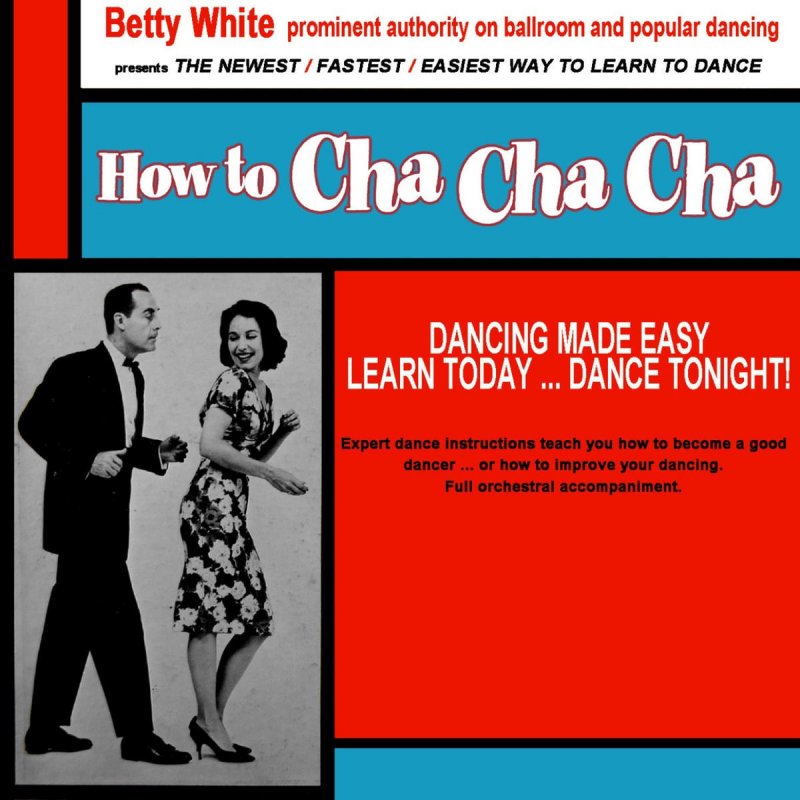
Ladies could adorn themselves with a headdress.
The girls were encouraged to have a modest hairstyle. But in any case, the neck had to be open. nine0003
The cut of ball gowns depended on fashion, but one thing remained unchanged in it - open neck and shoulders.
With such a cut of the dress, neither a lady nor a girl could appear in the world without jewelry around the neck - a chain with a pendant or a necklace. That is, something had to be worn necessarily.
Ladies' jewelry could be any - the main thing is that they were chosen with taste. Girls were supposed to appear at balls with a minimum amount of jewelry, for example, with a pendant around their neck or a modest bracelet. nine0003
An important component of the ladies' ball costume was the fan, which served not so much to create a fresh breath, but as a language of communication, now almost lost.
Recovering to the ball, the lady took with her a ball book - carne or agenda - where, opposite the list of dances, she entered the names of gentlemen who wanted to dance this or that dance with her.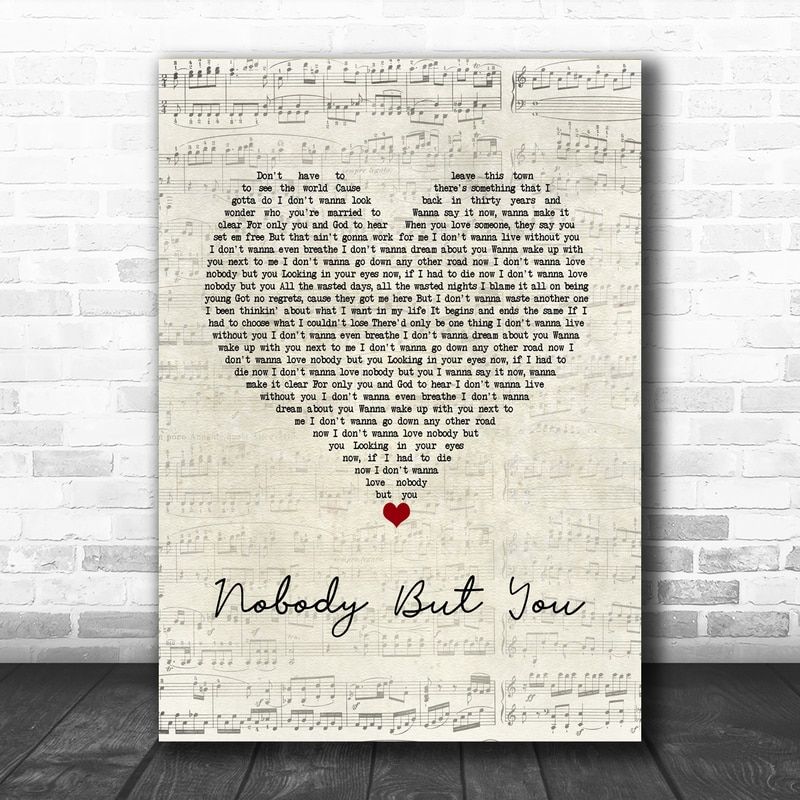 Sometimes the reverse side of the fan could be used instead of the agend. It was considered excessive coquetry to brag about your completed agenda, especially to those ladies who were rarely invited. nine0003
Sometimes the reverse side of the fan could be used instead of the agend. It was considered excessive coquetry to brag about your completed agenda, especially to those ladies who were rarely invited. nine0003
Rules of conduct at the ball
By accepting the invitation to come to the ball, everyone thus assumed the obligation to dance. Refusing to participate in dances, as well as showing dissatisfaction or making it clear to a partner that you dance with him only out of necessity, was considered a sign of bad taste. And vice versa, it was considered a sign of good education at the ball to dance with pleasure and without coercion, regardless of the partner and his talents.
At a ball, more than at any other social event, a cheerful and amiable expression is appropriate. To show at the ball that you are not in a good mood or are dissatisfied with something is inappropriate and impolite in relation to those having fun.
Starting conversations with acquaintances before paying tribute to the owners was considered indecent. At the same time, not greeting acquaintances (even with a nod of the head) was also unacceptable.
At the same time, not greeting acquaintances (even with a nod of the head) was also unacceptable.
There was a special culture of invitation to dance at the balls. An invitation to a dance was allowed in advance, both before the ball itself and at the ball. At the same time, it was considered impolite if a lady arrived at the ball promising more than the first three dances in advance. nine0003
In the ballroom, order and dancing are supervised by the ball steward.
During the ball, gentlemen should monitor the comfort and convenience of the ladies: bring drinks, offer help. The gentleman had to make sure that his lady was not bored.
Talking at a ball is certainly permissible. At the same time, it is not recommended to touch on complex and serious topics, as well as to gather a large company around you.
Buffoonery is not appropriate at balls. Even gentlemen who have a too cheerful disposition are advised to behave with dignity at the ball. Quarrels and quarrels between gentlemen are highly discouraged during the ball, but if disagreements arise, then it is recommended to resolve them outside the dance hall. Ladies are the main decoration of any ball. Therefore, it behooves them to behave affably and nicely. Loud laughter, slander, bad humor can cause disapproval of a decent society. The behavior of the ladies at the ball should be distinguished by modesty, the expression of extreme sympathy for any gentleman can give rise to condemnation. nine0003
Quarrels and quarrels between gentlemen are highly discouraged during the ball, but if disagreements arise, then it is recommended to resolve them outside the dance hall. Ladies are the main decoration of any ball. Therefore, it behooves them to behave affably and nicely. Loud laughter, slander, bad humor can cause disapproval of a decent society. The behavior of the ladies at the ball should be distinguished by modesty, the expression of extreme sympathy for any gentleman can give rise to condemnation. nine0003
Most of all, any manifestations of jealousy on the part of ladies and gentlemen are inappropriate at the ball. On the other hand, immodest looks and defiant behavior that provokes other participants in the ball are also unacceptable.
Dancing
According to the rules, the gentleman began the invitation to dance with the hostess of the house, then all her relatives followed, and only then it was the turn to dance with their familiar ladies.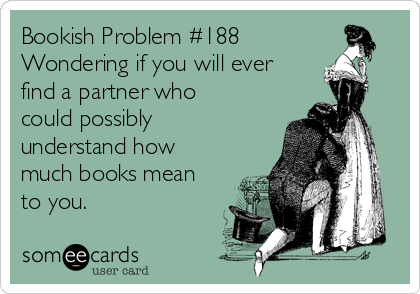
At the beginning of the 19th century, the ball opened with a polonaise, where in the first pair the host walked with the most honored guest, in the second pair - the hostess with the most honored guest. nine0123 At the end of the 19th century, the ball began with a waltz, but court, children's and merchant balls opened with a majestic polonaise.
During the 19th century, the number of dances that a gentleman could dance with one lady during a ball changed. So at the beginning of the century this number was equal to one, and already in the 1880s two or three dances were allowed, not following one after another in a row. Only the bride and groom could dance more than three dances. If the gentleman insisted on more than expected number of dances, the lady refused, not wanting to compromise herself. nine0003
During the dance, the gentleman entertained the lady with light secular conversation, while the lady answered modestly and laconic.
The cavalier's duties also included preventing collisions with other couples and preventing his lady from falling.
